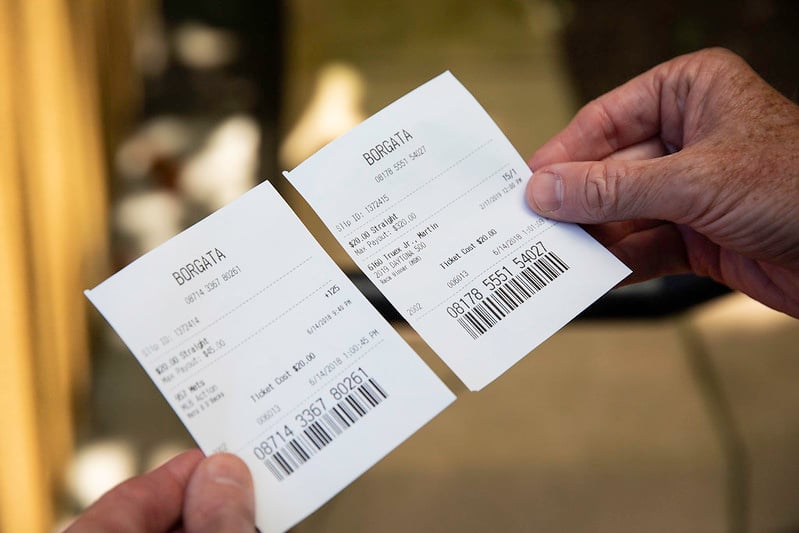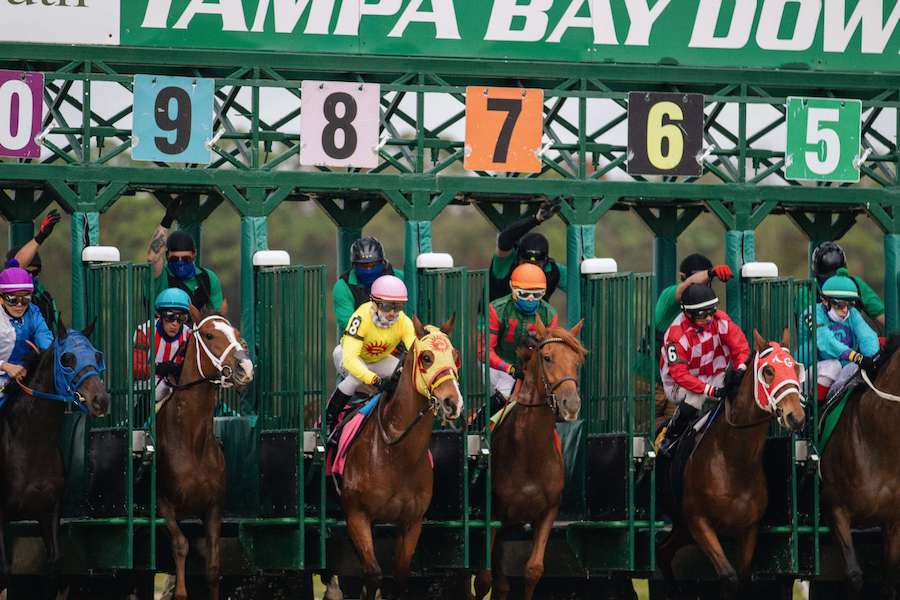Understanding Takeout Rates: The Key to Smarter Horse Betting

The Hidden Cost Every Horse Bettor Should Know
If you enjoy wagering on horse races, there’s an often-overlooked factor that can significantly affect your winnings: the takeout rate. Many enthusiasts jump into the world of horse betting without truly understanding how this deduction works or how much it can eat into potential payouts. This guide will explain takeout rates in detail and show why knowing them is vital for every bettor’s long-term success.
Decoding Takeout Rates: What Are They and Why Do They Matter?
At its core, a takeout rate is a percentage fee the racetrack removes from every wagering pool before any winnings are distributed. Imagine placing a $100 bet on a horse to win at 10/1 odds. Should your horse cross the finish line first, you might expect a $1,000 profit in addition to your initial stake — but that’s before the takeout applies.
If the racetrack imposes a 10% takeout, then your payout is actually $900 in profit, as the track claims $100. This deduction isn’t just padding the venue’s profits; it’s essential for supporting the sport by covering the operational costs, facility maintenance, and compensations for owners, trainers, and jockeys.
However, takeout rates aren’t fixed. While a 10% rate is low, many tracks charge anywhere from 15% to even 25%, and these percentages vary not only by location but also by the type of bet you place. As a bettor, this directly influences how much you can win and should factor into your betting decisions and strategies.
How Takeout Rates Directly Impact Your Winnings

Takeout rates can have a dramatic impact on your potential returns — especially at tracks with high deductions. If you manage your bankroll carefully or bet according to a specific system, failing to account for these fees can erode your profits over time.
- Transparency is often lacking: Most tracks do not advertise their rates at the betting counter. In many cases, you’ll need to look up this information online or in official documentation.
- Bets aren’t created equal: Takeout rates frequently differ based on bet type. Straight bets (such as win, place, or show) usually have lower rates than exotic bets (like Pick 3, Pick 4, or superfectas), though there are exceptions.
- Incentives for combination bets: Some tracks may lower the takeout for certain multi-race wagers, encouraging bettors to try their luck at larger but less likely combinations. For example, Kentucky Downs once charged 16% on single-race bets but just 14% for certain multi-leg bets like Pick 4 and Pick 5.
Knowing exactly how much of the pool is withheld before payouts can help you calculate your true expected return and adjust your selections accordingly.
Comparing Takeout Rates Across U.S. States

Takeout rates in horse racing are not nationally standardized. Instead, each state (and sometimes each racetrack within a state) sets its own structure. Some jurisdictions even vary rates according to the breed (Thoroughbred, Quarter Horse, etc.) or bet type. Below is an overview of the typical takeout rates across several states to illustrate the diversity in policies nationwide.
| State | Takeout Rates by Bet Type |
|---|---|
| Arizona | Up to 25% on win-place-show bets; up to 30% on two-horse wagers; up to 35% on multi-horse or multi-race bets |
| Arkansas | 17% on single bets; 21% on exotics |
| California |
15.43% (T-bred) win-place-show, 20.18% on exotics; 15.63%/20.38% for Quarter Horses; Up to 24.18% at Harness meets |
| Colorado | 18.5% straight bets; 28% exotics |
| Delaware | 17% straight, 8% on exotics (Thoroughbreds); up to 25% (Harness) |
| Florida | Set individually by each track |
| Idaho | 23% on straight bets; 23.75% on exotics |
| Illinois | 17% straight; 20.5% on two-horse; 25% on three or more horses |
| Kentucky | 16–18% (straight, by track size); 19–25% on exotics |
| Maryland | 18% straight; up to 25.75% on exotics |
| New York | 14%–18% straight bets; up to 25% exotics |
This variability makes it essential to check both the state regulations and individual track policies before wagering. Note that in some states, like Florida, rates are not set at the state level but by each facility. Meanwhile, other states, such as California and New York, spell out detailed rates depending on racetrack and race type.
Why Researching Takeout Rates Is a Bettor’s Best Strategy
Ignoring takeout rates is a common mistake that can lead to overestimating your long-term profits. Here’s what you should do before placing any bet:
- Always look up the current takeout rates for the track and the bet type you’re considering.
- Compare rates between tracks if you have options — even a few percentage points can make a big difference over time.
- Account for takeout when planning your budget and determining the value of each wager.
Ultimately, understanding the true cost of each bet helps you make smarter, more informed choices and protects your bankroll throughout the racing season.
Key Takeaways for Smart Horse Racing Bets
The amount you take home from a winning bet isn’t just about the odds or the size of your wager; the takeout rate is an invisible hand that shapes every payout. Because these rates differ across states, racetracks, and bet types, diligent research is crucial. Before you place your next bet, do your homework—find the takeout rate and factor it into your expectation of return. Informed betting is more enjoyable, and your bankroll will thank you for it.
Lead image: Philippe Oursel/Unsplash









